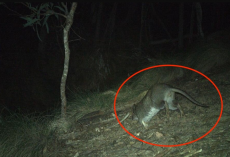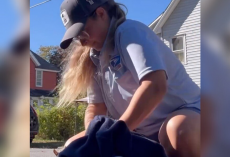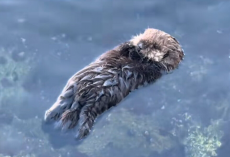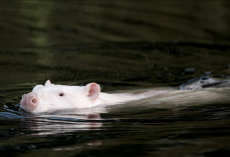For baby sea turtles hatching along the beaches of Tulum, Mexico, the journey from nest to ocean is a life-or-death sprint.
Loggerheads, leatherbacks and green sea turtles are all protected species, but protection on paper can’t stop nature’s predators — especially the ones circling from above.
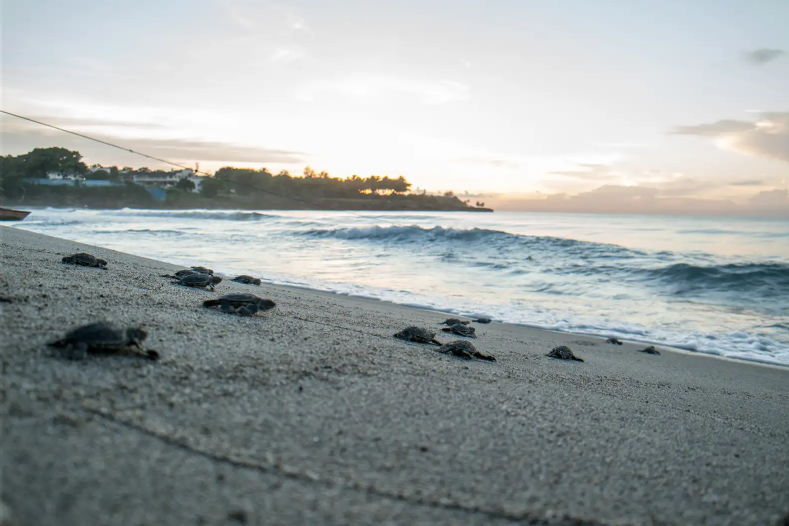
A few weeks ago, beachgoer Rene Ramos happened to be walking along the shore when he spotted a nest of freshly hatched turtles beginning their perilous crawl toward the surf.
Within moments, birds began swooping overhead, ready to snatch the tiny hatchlings before they ever touched the water.
Ramos didn’t hesitate.
Grabbing the only tool he had — a large rake — he stepped between the hatchlings and the birds.
By waving the rake and moving alongside the turtles, he created a makeshift shield that kept the predators at bay long enough for the babies to slip safely into the waves.
With one simple act, Ramos likely saved hundreds of endangered lives.
“I had the opportunity to appreciate when the turtles spawned,” Ramos wrote in a comment. “Now I could see them emerge and try to reach the sea.”
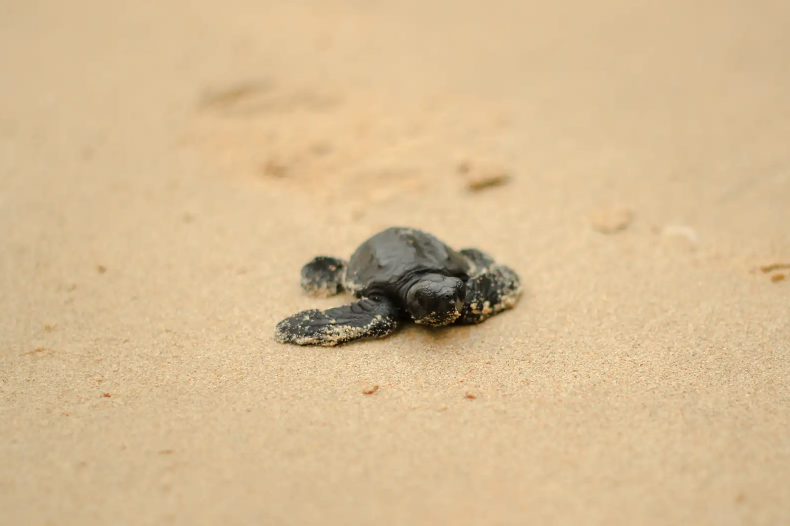
Sea turtles usually hatch at night, when bird activity is lower. But when they emerge during daylight, their survival rate plummets — which is why people like Ramos, even unintentionally, can make a huge difference.
He wasn’t the only one looking out for them. In Tulum, the Municipal Committee for the Protection of Sea Turtles works tirelessly to identify, mark and safeguard nesting areas. In some cases, eggs are collected and monitored until hatching to ensure the babies enter the ocean safely.
Still, dangers remain — especially from human activity and off-leash pets.
“It’s not just about rules on paper. It’s about boots on the ground and eyes on the nests,” biologist Rocío Peralta told The Tulum Times. “Each egg we protect is a chance for future generations to witness turtles on our shores.”
Thanks to one person with quick instincts — and a rake — hundreds of tiny turtles got that chance.


